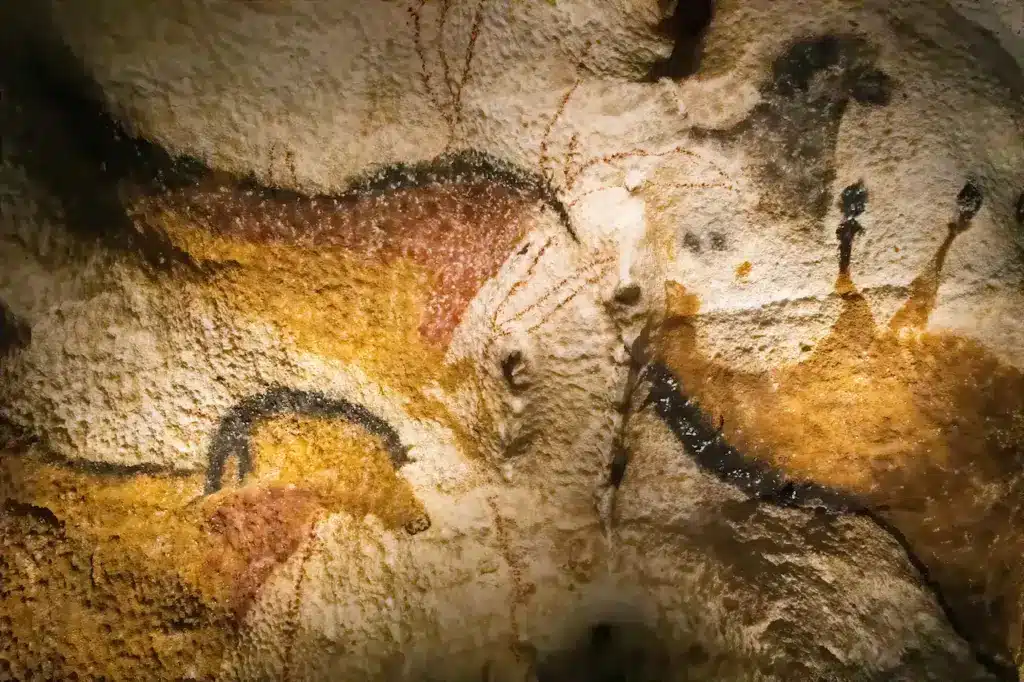Ancient Wildlife Art in France
Prehistoric Europe Teemed With Wildlife That Now Can Only Be Seen In The Artwork Of The Continent's First Fully Modern People
When the first modern humans arrived in Europe, they encountered a pristine continent that teemed with wildlife every bit as varied and abundant as the array of creatures then extant on the African plains or across the broad middle of the as yet undiscovered North America. There were herds of bison, reindeer, mammoths and woolly rhinoceroses. There were wolves, lions and giant bears. All of these creatures provided food, and presented both physical threats and artistic inspiration.
[ez-toc]

These first Europeans have famously been referred to as “cave men,” or “cave people,” because wherever natural shelter was available, they took advantage of it. They also decorated the walls of their rocky shelters with breathtakingly rendered and often-colorful depictions of the wildlife they hunted and sometimes feared.
Most of that original European megafauna is now either gone or greatly reduced in number due to both climatic changes and hunting pressure from humans. But the cave paintings remain.
One of the European regions with the most caves, and therefore the most paleolithic art, is the Dordogne region of Southern France. While some of the most famous caves are closed to the public in order to protect their artistic treasures, others are open for the awed inspection of tourists, travelers and wildlife-art lovers.
The region also offers such outdoor pastimes as canoeing and hiking—along with the fine food and wine for which France is famous.
Not long ago, The New York Times published a southern France prehistoric cave feature that did a terrific job of describing travel in the Dordogne.
And you will also find more information on European cave art elsewhere on AllAboutWildlife.com.
